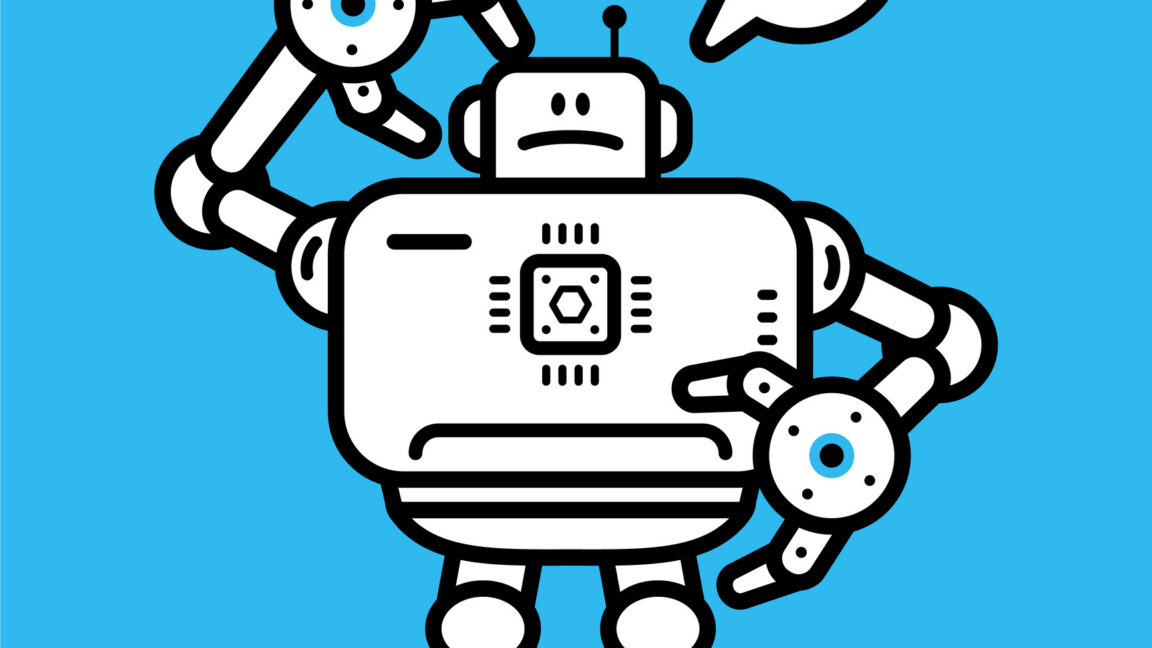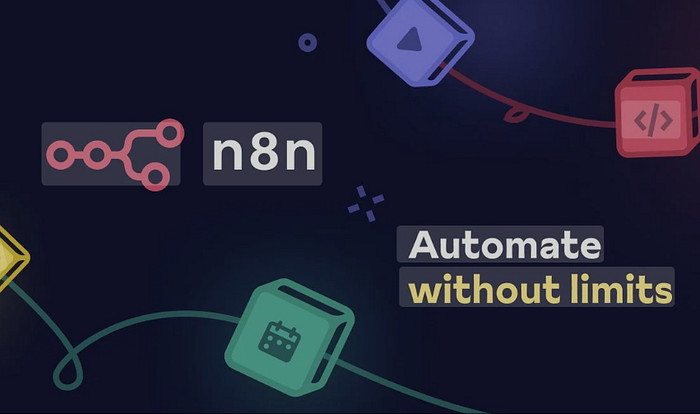Introduction to AI and Business
The Boston Consulting Group (BCG) has conducted a study that reveals a significant gap between companies that are successfully utilizing Artificial Intelligence (AI) and those that are struggling to generate value from their AI investments. According to the study, only 5% of companies are achieving bottom-line value from AI at scale, while 60% are failing to achieve any material value.
The AI Value Gap
The top-performing organizations, which BCG refers to as "future-built," are not only succeeding but are also creating a significant AI value gap. These companies generate 1.7 times more revenue growth and 1.6 times higher EBIT margins than the lagging majority. They have moved beyond isolated experiments and have fundamentally reinvented their operations, driving shareholder returns through revenue increases and measurable workflow improvements.
Characteristics of Future-Built Companies
Future-built companies approach AI as a board and CEO-sponsored multiyear program with ambitious, clearly defined targets. Nearly all C-level leaders in these organizations are deeply engaged with AI, and they foster a model of shared ownership between business and IT departments. These leaders focus on reshaping and inventing core business workflows, where the majority of value lies, rather than just automating existing processes.
The Role of Agentic AI
Agentic AI, which combines predictive and generative capabilities, is emerging as a key driver of the AI value gap. This type of AI allows companies to "reason, learn, and act autonomously" with minimal human input, and it is already accounting for 17% of total AI value. The top firms are moving quickly to adopt agentic AI, with a third already using agents, compared to almost none of the laggards.
Talent and Upskilling
Talent is another key differentiator between future-built companies and those that are struggling. Rather than focusing on job losses, future-built companies are aggressively upskilling their workforce to collaborate with AI. They plan to upskill more than 50% of their internal staff, making investments in broad-based employee AI enablement and carving out dedicated time for structured learning.
Building on a Central AI Platform
Leading organizations avoid the "GenAI burden" of siloed, unscalable proofs-of-concept by building on a central, integrated AI platform. They are three times more likely to operate such a platform, allowing them to build common capabilities for security and monitoring just once and then reuse them, accelerating deployment and ensuring enterprise-wide scale.
Advice for Lagging Companies
For the 95% of companies that are falling behind, the message is urgent. The path to success is clearly delineated, but it requires a fundamental shift in mindset and organization. BCG advises following a "10-20-70 rule," where transformation efforts should focus 70% on people and processes, 20% on technology, and only 10% on the algorithms themselves.
Conclusion
The AI value gap is a significant challenge for companies that are struggling to generate value from their AI investments. However, by following the example of future-built companies, which approach AI as a board and CEO-sponsored multiyear program, focus on reshaping and inventing core business workflows, and prioritize talent and upskilling, lagging companies can close the gap and achieve success with AI.
FAQs
Q: What percentage of companies are successfully achieving bottom-line value from AI at scale?
A: According to the BCG study, only 5% of companies are achieving bottom-line value from AI at scale.
Q: What is the main reason for the AI value gap?
A: The main reason for the AI value gap is a failure of leadership, with top management often delegating AI strategy to middle or lower management and failing to articulate a clear vision for value from investments.
Q: How can companies close the AI value gap?
A: Companies can close the AI value gap by following the example of future-built companies, which approach AI as a board and CEO-sponsored multiyear program, focus on reshaping and inventing core business workflows, and prioritize talent and upskilling.
Q: What is agentic AI, and how is it being used by top firms?
A: Agentic AI is a type of AI that combines predictive and generative capabilities, allowing companies to "reason, learn, and act autonomously" with minimal human input. Top firms are moving quickly to adopt agentic AI, with a third already using agents, compared to almost none of the laggards.
Q: How can companies upskill their workforce to collaborate with AI?
A: Companies can upskill their workforce by making investments in broad-based employee AI enablement, carving out dedicated time for structured learning, and involving employees in the process of co-designing and reshaping workflows to incorporate AI agents.











